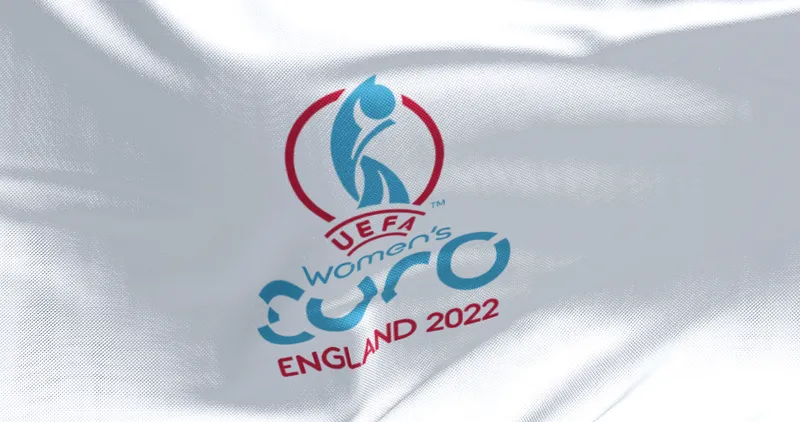
England’s National Highways agency will trial six winning technologies that entered a recent competition to find solutions to hazards on motorways and major A roads.
The six winners in the competition, called the Hazard Protection on Roads Accelerator, are: Esitu Solutions, Vesos, VivaCity, Roadside Technologies, CrossTech and Valerann.
The technologies and solutions are to protect all road users and workers from any hazard that can cause harm or death through collisions, unsafe driving and speeding past roadworks.
The agency, working with Connected Places Catapult - a government agency to promote research and development to exploit marketing opportunities - targeted small to medium-size enterprises that may not have worked with National Highways before.
The agency said that it and Catapult had sifted through around 50 applications to create a shortlist of nine organisations that eventually received up to £30,000 (€35,600) to design trials for their ideas. Judges then whittled the shortlist to five organisations which will receive up to £60,000 (€71,000) additional funding to deliver the planned trials.
However, competition was so fierce, according to National Highways, that the agency eventually decided to go forward with six of the projects rather than five.
The winning ideas include virtual reality training courses for drivers, sensors which automatically detect hazards and a data analysis platform. Between now and November, the six finalists will deliver their ideas in trials working with National Highways and its supply chain partners.
National Highways is the UK government-owned company responsible for modernising, maintaining and operating England’s motorways and major A roads. It offers real-time traffic information via the Traffic England website, local and national radio travel bulletins, electronic road signs and mobile apps.
James Gibson, the technology programme portfolio manager with National Highways, said it was difficult trying to choose the final products to take forward to trial. “Ultimately, we decided to add one more to the list. We are confident that through these trials we can find better ways of identifying, analysing and responding to hazards, that could ultimately help to prevent road accidents and people coming to harm on our roads.”
Esitu Solutions
Esitu Solutions, based in Nottingham, will be developing a virtual reality training course as a downloadable app for the Meta Quest headset to promote safer and more considerate driving. The trial will include testing with road users to assess its impact on confidence and intended driving behaviours.
Vesos
Vesos, in the English county of Devon, has developed TeCall to harvest eCall data automatically sent after collisions or breakdowns. During the trial TeCall will fuse eCall data with other hazard alerts producing detailed and validated incident data and adding greater context. These will be compared with corresponding data to measure its effectiveness and potential improvements in response times.
VivaCity
Meanwhile, sensors from London-based VivaCity, will provide data on hazardous interactions between road users – such as near misses – that will enable safety teams to understand what causes conflicts and collisions. This will allow for better and more timely interventions to be planned. The trial will assess and compare the viability of collecting near miss data from VivaCity’s sensor and National Highways’ CCTV.
Roadside Technologies
Roadside Technologies, in Chesterfield, England, is developing an automated hazardous object detection solution using the latest in sensing technology. It should improve road user safety and enable smoother journeys through temporary work zones on roads. This will be tested across a 1.4km (1 mile) stretch of a live work zone to detect hazards.
CrossTech
CrossTech, in the southern English county of Wiltshire, has developed a stopped vehicle detection verification system. The platform builds on the successful automated computer vision inspection platform from the rail industry, called Hubble. The trial will test the performance of this system by applying its computer vision analysis to over 100 hours of CCTV footage and comparing the outputs with event data from National Highway’s own systems.
Valerann
Valerann, based in London, has a real-time road data analytics platform that fuses data from a broad range of sources to deliver road traffic situation insights and accidents risk modelling. This enables proactive management of incidents and risks on the road. The product will be trialled by traffic officers in the West Midlands.
All finalists will be offered coaching and mentoring, business development opportunities and technical and procurement support.
“It is fantastic to see six cutting edge companies with exciting new technologies and solutions taking their ideas forward as part of the Hazard Protection on Roads Accelerator competition,” said Alex Weedon, executive director of SME development and academic engagement at Connected Places Catapult.
“Connected Places Catapult provides each of them with investment, business and marketing support. I look forward to helping them develop their ideas and make good progress towards getting their innovations to be used in real world environments.”
Connected Places Catapult researches intelligent transportation systems and automated driving systems. It works through a Catapult Centre that promotes innovation through business-led collaboration between scientists, academics, engineers, entrepreneurs, industry leaders and government. The small to medium-size enterprises receive financial grants from public funds but they are also expected to seek commercial funding for their work.










